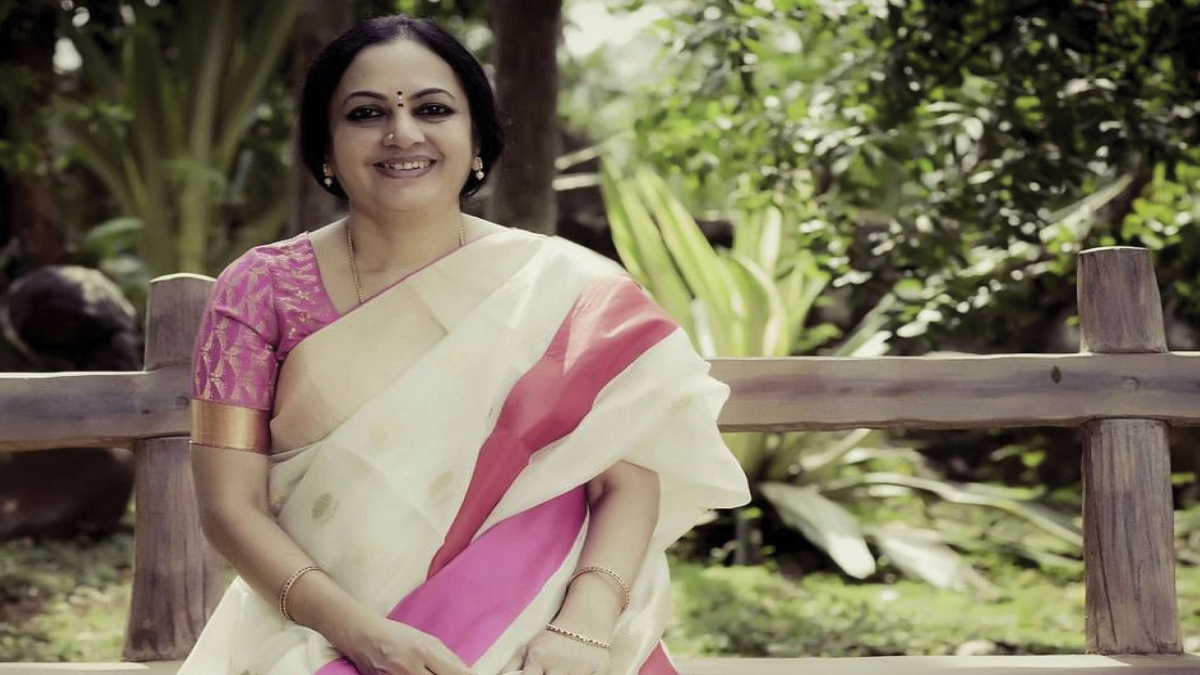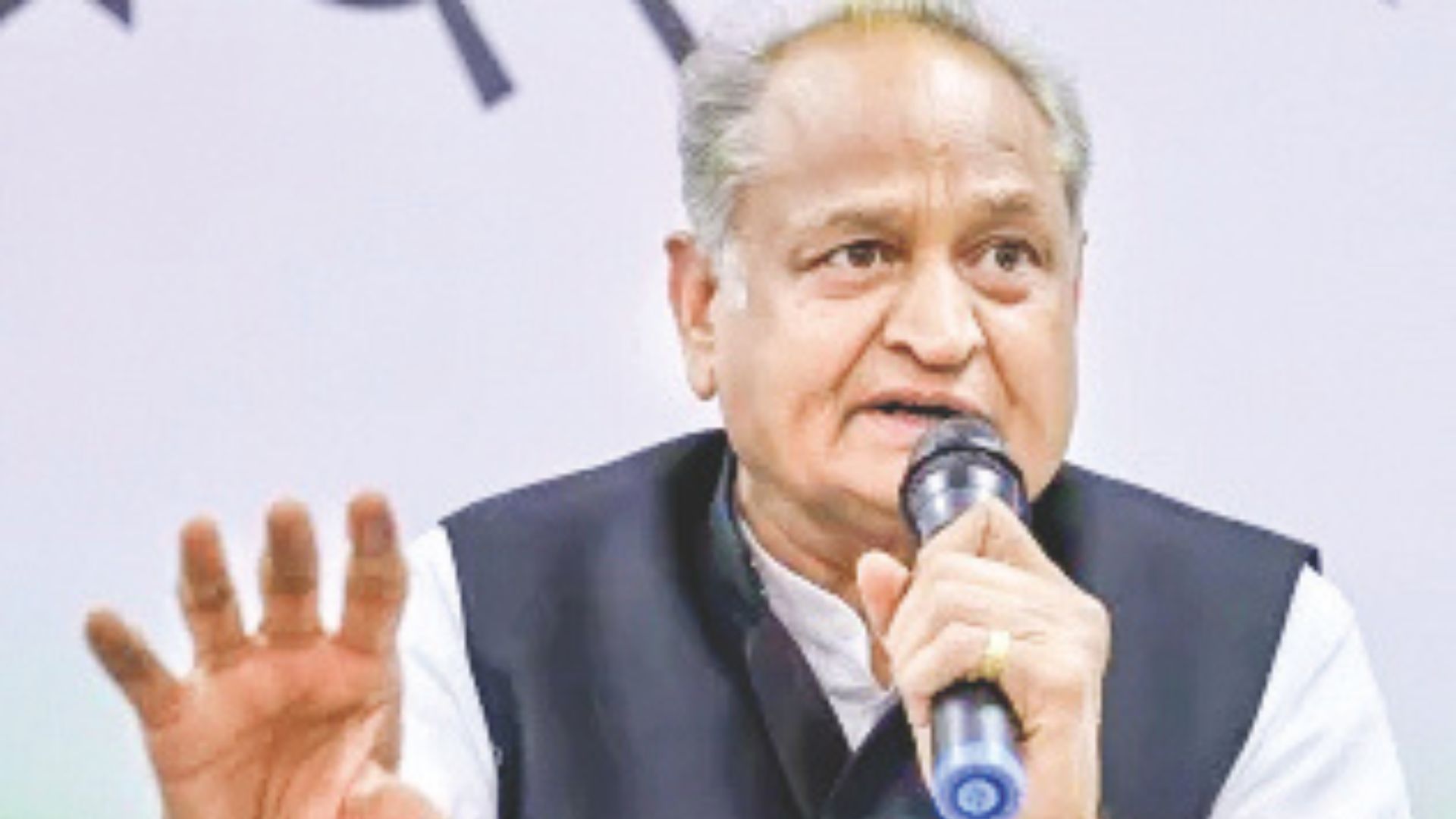
The latest release ‘Sita – a tale of ancient love’ authored by Bhanumathi Narasimhan (sister of the founder of the Art of Living Gurudev Sri Sri Ravishankar) is the author’s poetic presentation of wisdom seen through the powerful love of Lord Rama and Sita from the Indian epic Ramayana.
What makes the book find a niche is the narrative told through the reminiscences of Sita herself …Her memoirs as she recalls her life through just one Truth and that being her unblemished love towards “her Lord”.


But it is not just this ‘divine love’ that is transparent in Bhanumathi’s account, but the sequence of events that lead to – This One Truth – and the many appearances of this Truth. Both Rama and Ravana are glowing and radiant in their own way – but one is the pure light and radiance of wisdom and the other is the intensity of the burning fire of desire. Here is a story in which apparent opposites merge and collapse in the mind. All dualities and binaries are nothing more than mental mischief and disobedience. Says Bhanumathi, “The water in the river Ganga is ever new, changing every moment, yet the river is ancient and flowing eternally. It is both new and old at the same time. This approach challenges common logic where something can either be old or new, not both. Yet, in reality, opposites coexist.”
Take the look at how the author soon captures the purest form of adore and worship that made up Sita’s love towards her Rama…and realises something else, the Maya … in the chapter ‘Waves of Emotions’—At first, Sita had thought of her newfound love as a beautiful feeling, a powerful emotion. But years later, as she sat watching the flowing waters of the stream in Ashoka Vatika, she was very clear that this love was her very existence.
Trijata had walked with her, listening to her stories, and now stood behind her, giving her some space to just be by herself. Sita’s complete attention was on the sound of the flowing water. To her sensitive ears, it made the sound ‘Rama’. She shifted her attention to the gentle wind, and its whistling also sounded like ‘Rama’ to her. As she walked, she was touched with the cool rays of the moon.
In that pleasant and calm space, a few melodious notes of the veena were carried by the breeze and mixed with the moonbeams like honey with milk. It was an evening raga and was rendered wonderfully. Sita listened to the music and, when it ended, asked Trijata about the musician. Trijata hesitated for a moment and sighed. She looked down at the ground and reluctantly said in a low voice, ‘Devi, that was the lord of Lanka.’ Sita’s eyes widened a little in surprise.
‘He plays the veena at the altar of his ishta, Lord Shiva,’ explained Trijata. Sita sighed. ‘Look, Trijata, such divine music flowing through someone whom we know to be a terror is enough to show you that the core of every being in creation is pure and innocent. Divinity resides in every heart. This divinity is truly the source of power. When one does not recognise this truth, arrogance takes over and pulls one into a downward spiral.’
Trijata was surprised. She had expected Sita to reject the sweetness of the music when told who the musician was. She told Sita so. ‘Sita, I hesitated to tell you because I thought you would not want to listen to any music from Ravana.’ Sita smiled. ‘Yes, Trijata, for a moment I retracted my appreciation when I heard you, but the music was an offering to the divine. And it only brought me closer to my beloved. When the mind is pure, in that natural state, whatever flows through us is the voice of divinity. But when the small mind awakens, the dance of maya begins.’
The water in the river Ganga is ever new, changing every moment, yet the river is ancient and flowing eternally. It is both new and old at the same time. This approach challenges common logic where something can either be old or new, not both. Yet, in reality, opposites coexist.















